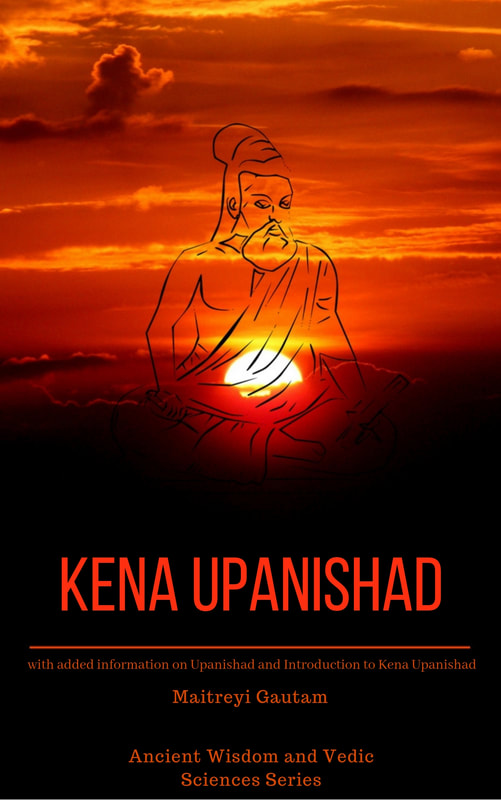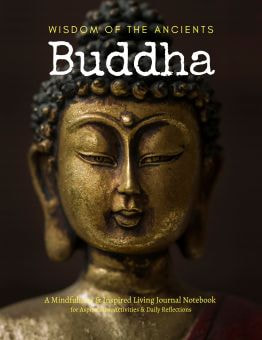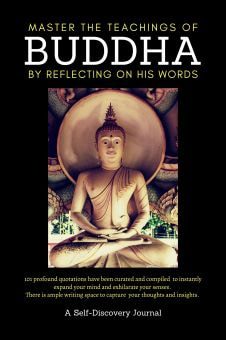The Mandukya Upanishad is one of the principal Upanishads and is associated with the Atharvaveda. It is one of the shortest Upanishads, consisting of only 12 verses, but it is considered to be one of the most profound and philosophical. The Upanishad explores the nature of the ultimate reality (Brahman), the relationship between the individual self (Atman) and the ultimate reality, and the means to attain self-realization.
The Mandukya Upanishad is particularly known for its teachings on the syllable "Om" and the four states of consciousness.
Here is a summary of the key teachings of the Mandukya Upanishad:
1. The Syllable "Om": The Upanishad begins by describing the syllable "Om" as the symbol of the ultimate reality (Brahman). It teaches that "Om" represents the entire universe and the essence of all beings. The syllable "Om" is considered to be the most sacred sound in Hinduism and is used as a mantra in meditation and prayer.
2. The Four States of Consciousness: The Upanishad describes four states of consciousness that correspond to the four parts of the syllable "Om": the waking state (jagrat), the dream state (svapna), the deep sleep state (sushupti), and the fourth state (turiya). In the waking state, the individual self experiences the external world through the senses. In the dream state, the individual self experiences the inner world of thoughts and emotions. In the deep sleep state, the individual self is in a state of rest and unconsciousness. In the fourth state, the individual self transcends the other three states and realizes its true nature as identical with the ultimate reality.
3. The Nature of the Self: The Upanishad teaches that the individual self (Atman) is identical with the ultimate reality (Brahman). It describes the self as the witness of all experiences, the consciousness that illuminates the mind and the senses, and the eternal essence of all beings. The Upanishad emphasizes that the self is beyond the realm of words and concepts and can only be realized through direct intuitive knowledge.
4. The Path to Self-Realization: The Upanishad teaches that self-realization is attained through the knowledge of the identity between the individual self (Atman) and the ultimate reality (Brahman). It emphasizes the importance of meditation, self-inquiry, and the guidance of a realized teacher (guru) in the quest for self-realization. The Upanishad also describes the practice of the Om meditation as a means to attain self-realization.
5. The State of Liberation: The Upanishad concludes with a description of the state of liberation (moksha) as the realization of the true nature of the self and the ultimate reality. In the state of liberation, the individual self merges with the ultimate reality, and all duality and separation cease to exist. The liberated person becomes free from the cycle of birth and death and attains eternal bliss and peace.
The Mandukya Upanishad is a profound philosophical text that explores the nature of the ultimate reality and the means to attain self-realization. It emphasizes the importance of knowledge, meditation, and self-inquiry in the quest for spiritual realization. The Upanishad is known for its concise and precise language, deep insights, and emphasis on the non-dual nature of the ultimate reality.
The Mandukya Upanishad is particularly known for its teachings on the syllable "Om" and the four states of consciousness.
Here is a summary of the key teachings of the Mandukya Upanishad:
1. The Syllable "Om": The Upanishad begins by describing the syllable "Om" as the symbol of the ultimate reality (Brahman). It teaches that "Om" represents the entire universe and the essence of all beings. The syllable "Om" is considered to be the most sacred sound in Hinduism and is used as a mantra in meditation and prayer.
2. The Four States of Consciousness: The Upanishad describes four states of consciousness that correspond to the four parts of the syllable "Om": the waking state (jagrat), the dream state (svapna), the deep sleep state (sushupti), and the fourth state (turiya). In the waking state, the individual self experiences the external world through the senses. In the dream state, the individual self experiences the inner world of thoughts and emotions. In the deep sleep state, the individual self is in a state of rest and unconsciousness. In the fourth state, the individual self transcends the other three states and realizes its true nature as identical with the ultimate reality.
3. The Nature of the Self: The Upanishad teaches that the individual self (Atman) is identical with the ultimate reality (Brahman). It describes the self as the witness of all experiences, the consciousness that illuminates the mind and the senses, and the eternal essence of all beings. The Upanishad emphasizes that the self is beyond the realm of words and concepts and can only be realized through direct intuitive knowledge.
4. The Path to Self-Realization: The Upanishad teaches that self-realization is attained through the knowledge of the identity between the individual self (Atman) and the ultimate reality (Brahman). It emphasizes the importance of meditation, self-inquiry, and the guidance of a realized teacher (guru) in the quest for self-realization. The Upanishad also describes the practice of the Om meditation as a means to attain self-realization.
5. The State of Liberation: The Upanishad concludes with a description of the state of liberation (moksha) as the realization of the true nature of the self and the ultimate reality. In the state of liberation, the individual self merges with the ultimate reality, and all duality and separation cease to exist. The liberated person becomes free from the cycle of birth and death and attains eternal bliss and peace.
The Mandukya Upanishad is a profound philosophical text that explores the nature of the ultimate reality and the means to attain self-realization. It emphasizes the importance of knowledge, meditation, and self-inquiry in the quest for spiritual realization. The Upanishad is known for its concise and precise language, deep insights, and emphasis on the non-dual nature of the ultimate reality.






















